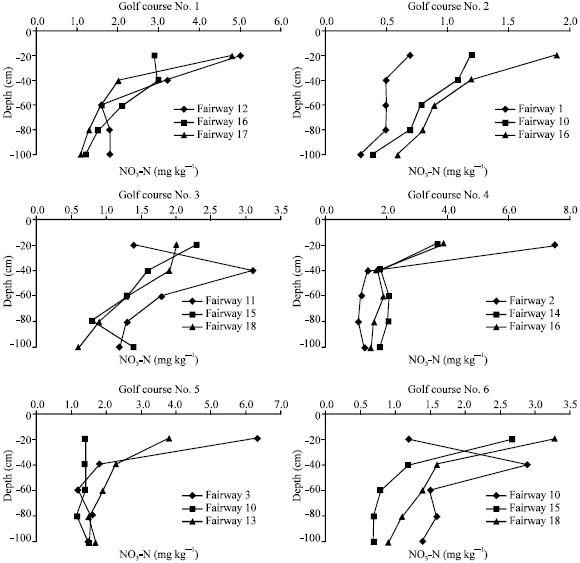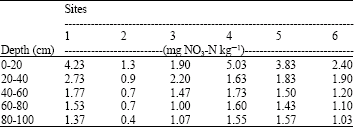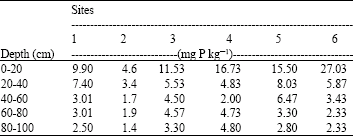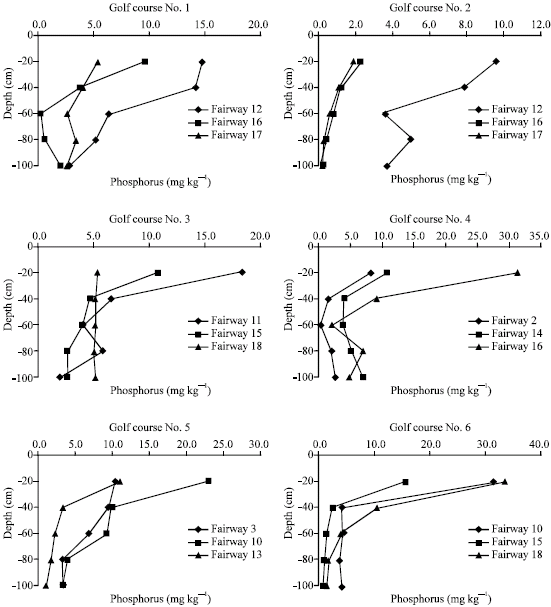Research Article
Long Term Effects of Effluent Water Irrigation on Soil Nitrate and Phosphorus Profiles under Turfgrass
Natural Resources and Environmental Research Institute, King Abdulaziz City for Science and Technology, P.O. Box 6068, Riyadh 11442, Saudi Arabia
Y.L. Qian
Department of Horticulture and Landscape Architecture, Colorado State University, Fort Collins, CO. 80523-1173, Colorado













